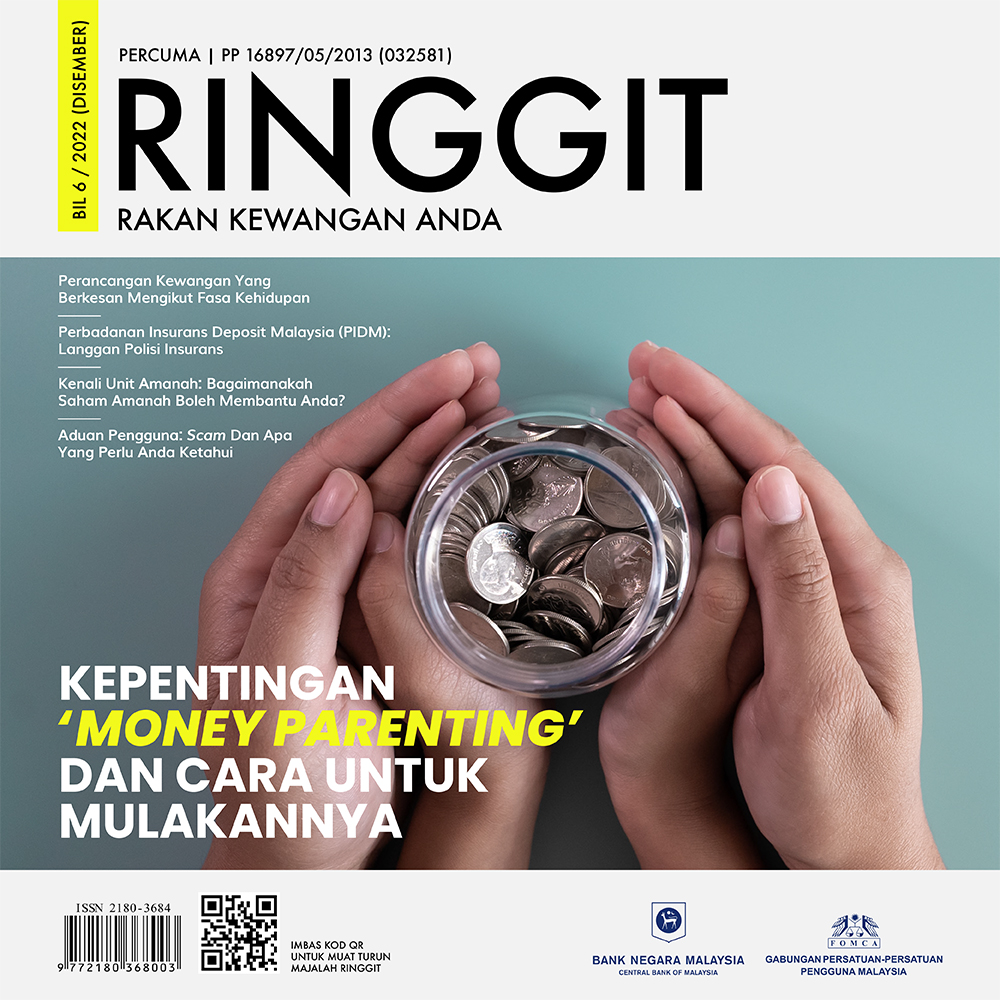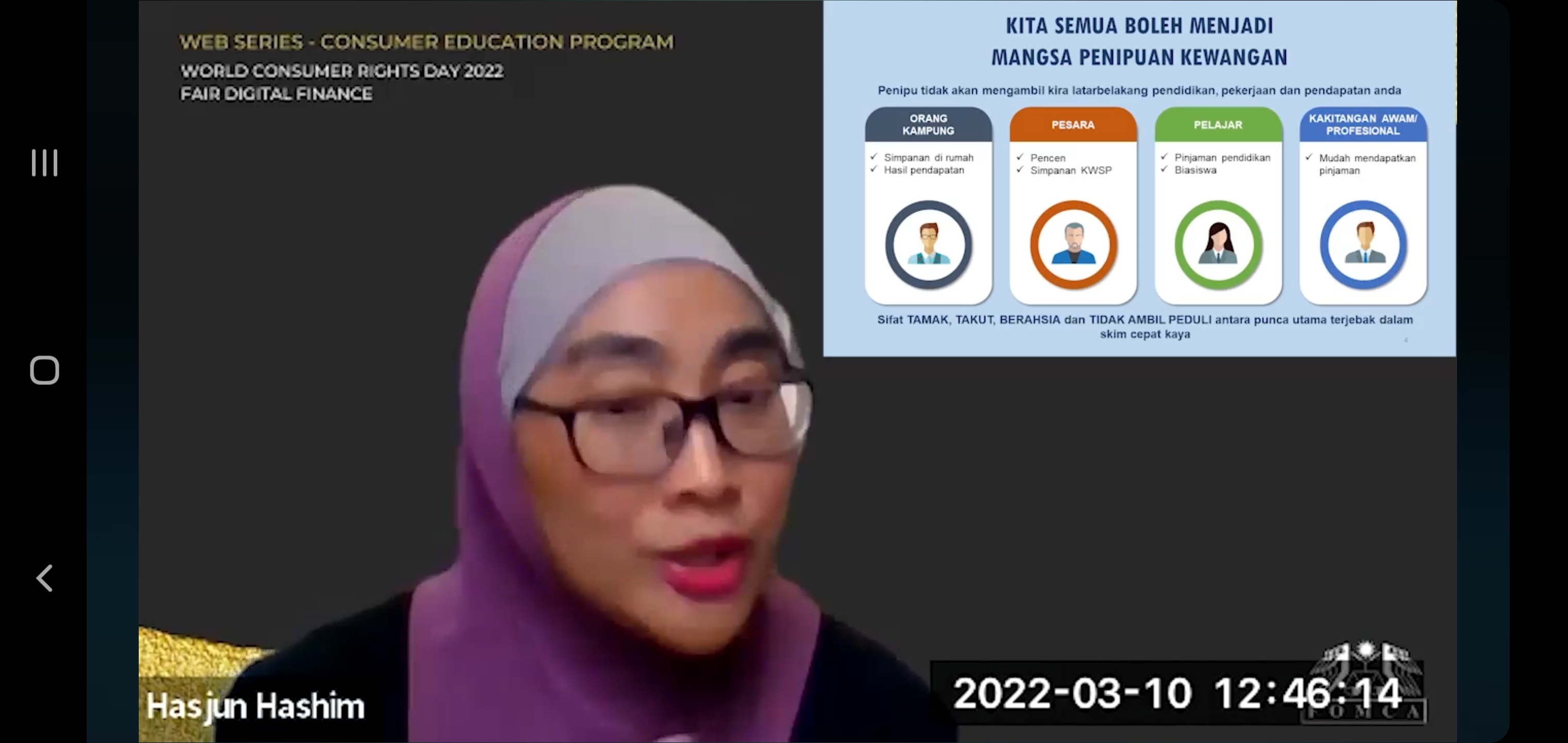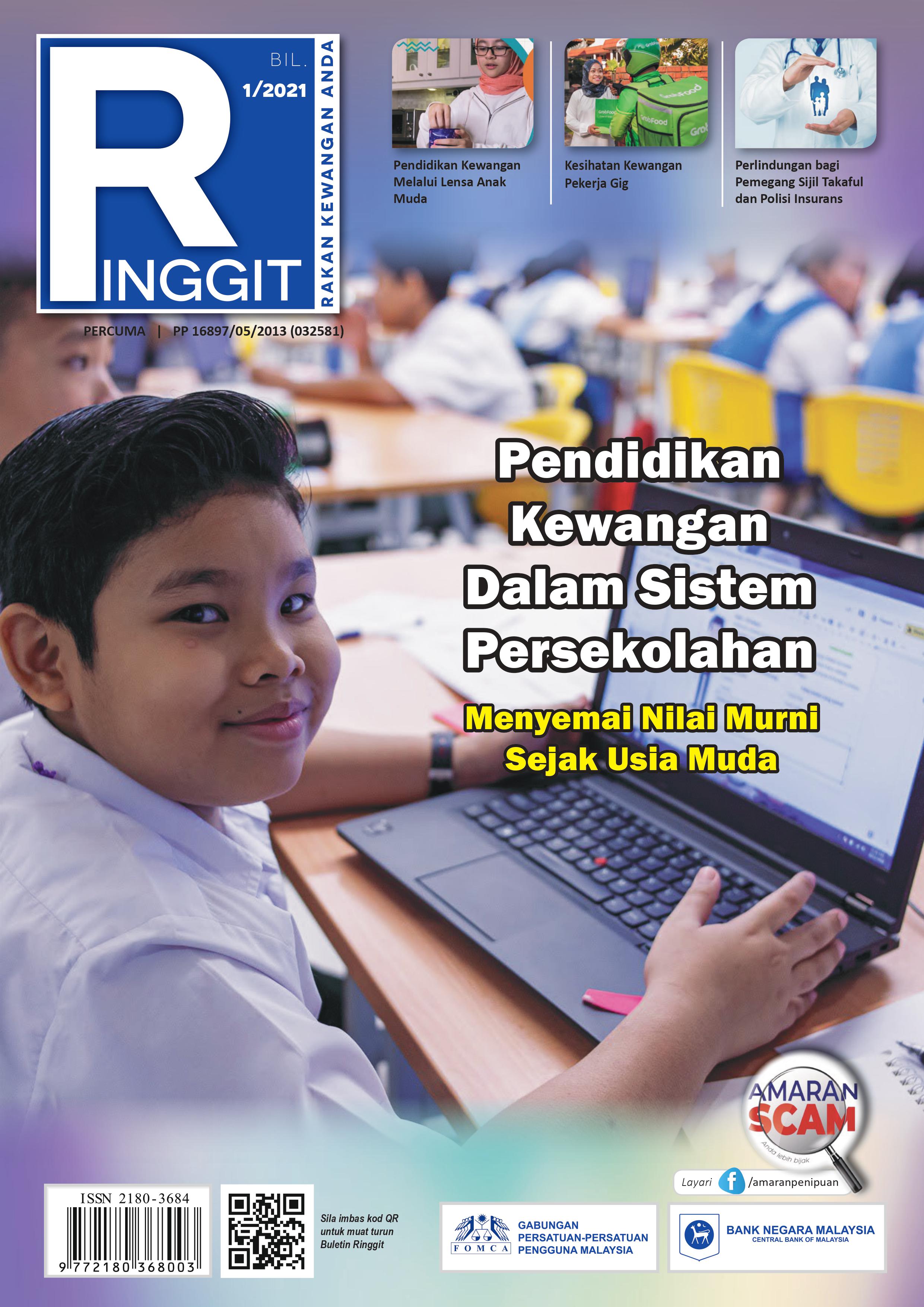Residents in the city are more conscious of the amount of waste they generate as well as the extent of work and cost required to manage it after trying out waste separation for eight months.
But according to the Public Cleansing Management Corporation (SWCorp), more needs to be done to see changes.
IT will take just one month to fill a 28ha site up to 2m high with rubbish produced by Kuala Lumpur residents. That is equivalent to about 35 football fields!
Based on data provided by the Public Cleansing Management Corporation (SWCorp), KL-ites generate 3,500 tonnes of domestic and industrial waste a day.
Nationwide, the authorities grapple with 37,000 tonnes of waste daily.
If we put it in the financial perspective, all that rubbish is costing taxpayers almost RM2bil to clean up.
For Kuala Lumpur alone, the cost of public cleansing and waste management is a whopping RM325mil a year.
“It is a lot of money. But we are hoping that with more awareness about separation at source, the recycling rate will increase over time,” said SWCorp Federal Territory director Hazilah Gumri.
Starting Sept 1 last year, households in Kuala Lumpur, Putrajaya, Pahang, Johor, Malacca, Negri Sembilan, Perlis and Kedah were told to separate their solid waste into plastic bags before disposing them into rubbish bins.
Residents are being prepped for the upcoming June 1 deadline, after which, the rule will be enforced.
Those who do not segregate their waste at source can be fined up to a maximum of RM1,000.
The tenant or owner of a landed property can be fined RM50 (first offence), RM100 (second offence) and RM500 (third offence), while for non-landed property, the fines are RM100, RM200 and RM500 respectively.

How have KL folk fared?
B-minus! That is what Hazilah would give to the two million city folk for their efforts in separating their solid waste.
“It’s a B-minus from me.
“Some communities did very well to the point that they set up a composting centre in their neighbourhood; and their recycling efforts were excellent,” Hazilah said, referring to a gated-and-guarded community in Kepong.
“Putrajaya, Bangsar and Daman-sara (residents) did quite well too,” she said, adding that those communities had a headstart in waste separation-at-source almost a decade ago.
“There are areas that did not do that well. But we are not here to name and shame because the residents are certainly making an effort,” she added.

“However, once enforcement comes into play, we will compile data on every township to monitor their efforts,” said Hazilah.
“Our aim is to encourage and motivate performing neighbourhoods with recognition.
“We will not shame anyone just yet as it will not be fair to categorise them because enforcement has not come into effect yet.
“We will give them time,” she said.
But she reiterated that Kuala Lumpur residents had certainly put in effort to make a change, as was evident in the increase seen in recycling initiatives.
“The amount of recyclable waste collected nationwide has increased since Sept 1 last year and Kuala Lumpur has the highest collection with nearly 250,000kg out of 396,000kg collected,” Hazilah said with pride.
What are the challenges?
Hazilah noted that there were several challenges to overcome, especially when dealing with separation at source.
Ten years ago, residents were told to separate their waste at home.
Households in the city were given two bins to segregate the organic and inorganic rubbish.

Apart from Putrajaya’s Precinct 9, where a pilot project to get residents to recycle, only a few neighbourhoods practised waste separation earnestly.
This was expected as the ruling was aimed more at educating, not punishing. But residents can no longer take this for granted.
“Back then, we received feedback on what to do with the liquids such as oil and curries and even items such as diapers and sanitary napkins,” said Hazilah.
“And these are still big concerns for residents even today,” she noted.
Since the trial period began over eight months ago, minor hitches were reported by consumers who wondered what to do with the curries and liquid waste as pointed out by housewife Devi Arumugam from Taman OUG.
“Where do I throw my curries?
“I read that we should not throw food into the drains as this will end up polluting the rivers,” said Devi.
“And what about diapers and sanitary napkins?
“I know these types of waste are contaminating the environment too, but the Alam Flora brochure states that diapers and napkins are deemed organic, so they go into the bin.
“In practice, it is not as easy as it seems,” she added.

Kuala Lumpur residents contribute to over 3,500 tonnes of rubbish per day.
Hazilah conceded that the feedback from residents were pertinent and SWcorp was looking at identifying as well as working with companies to recycle the oil.
However, she said it was still at discussion stage.
Next month, every household will be compelled to separate their waste accordingly.
Organic waste including kitchen waste like food, diapers and sanitary napkins go into the bin.
Inorganic recyclables such as paper, boxes, magazines, cardboards, plastics, bottles, polystyrene containers, bags, shoes, aluminium cans, steel containers, ceramic, glass, fabric and electronic items including dangerous chemicals will go into a separate bag placed next to the bin.
Bulk and garden waste should be tied up and placed on the road shoulder next to the house.
All solid waste will be sent to a recycling centre in the 3R scheme.
Hazilah said the recycling initiatives had been successful as within five years, the 5% recycling rate in the city had gone up to 17% today.
The corporation is optimistic that it will reach the Government’s targeted 22% by 2020.
Composting the way out
But it is a different story for organic waste, with an average Malaysian household generating about 1.3kg of waste per day.
“If you look at the percentage composition of organic waste and inorganic waste, organic waste is highest at 44.5%.
“We can certainly reduce it by half if everyone practised composting,” said Hazilah.

Aerial view of the Taman Beringin waste transfer station in Jinjang Utara. — Photos: AHMAD IZRAFIQUE/The Star
“It can be done.
“You do not have to live on a landed property to do so, as composting can be done in a small apartment too,” she pointed out.
“We can easily contain the amount of organic waste sent to landfills if everyone takes to organic terrace gardening and composting.
“People need to understand what happens to their waste at the landfill and only then will they get a better understanding of what is at stake, and start to manage their waste better,” she added.
Source : The Star - 30 May 2016 (Monday) - http://www.thestar.com.my/metro/community/2016/05/30/managing-kls-rubbish-residents-in-the-city-are-more-conscious-of-the-amount-of-waste-they-generate-a/








